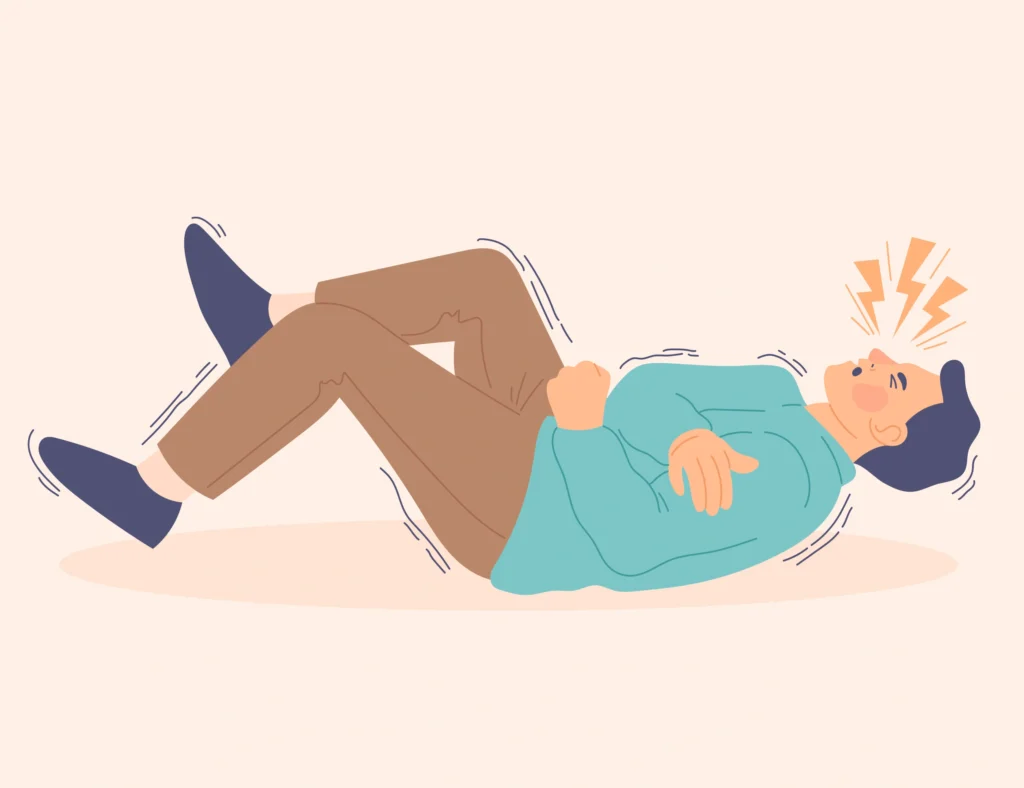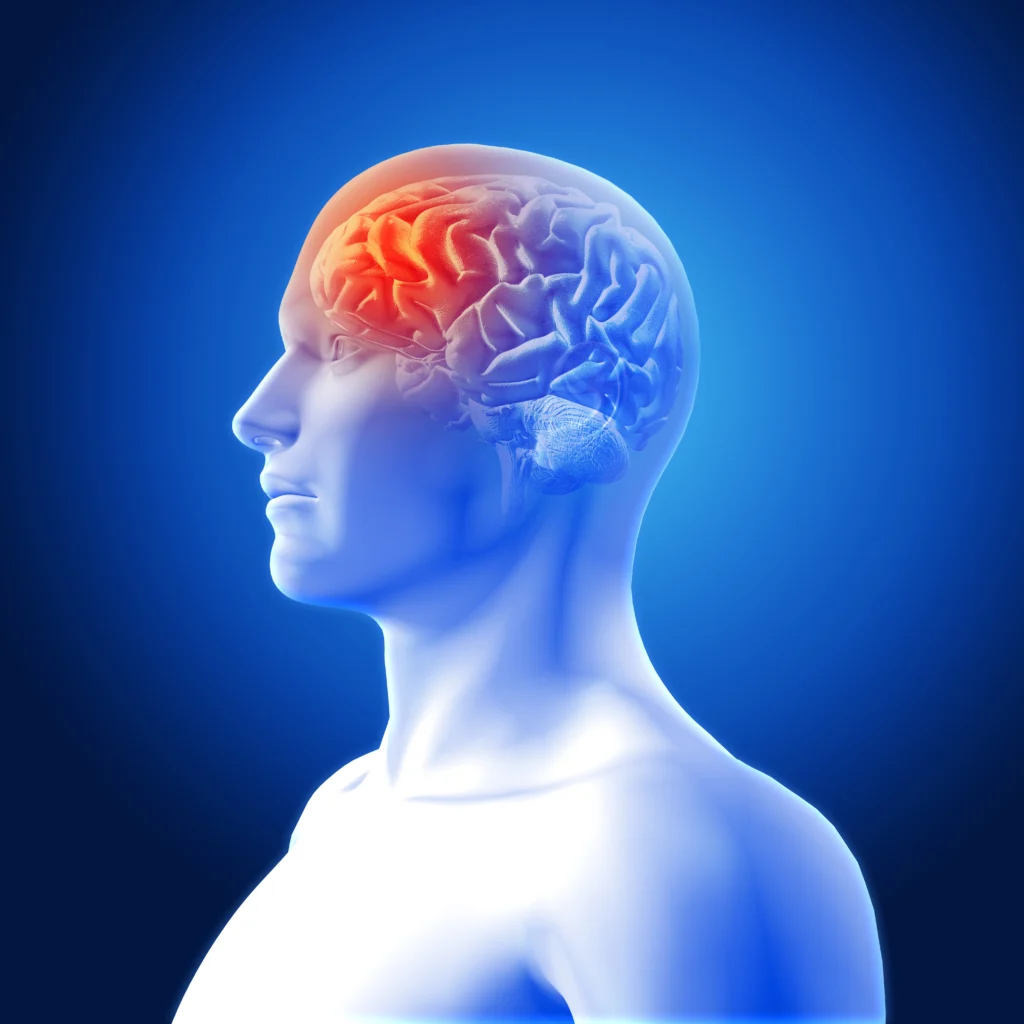Seizures are a neurological condition that can be caused by a wide range of factors, including genetic predisposition, head trauma, brain infections, and other underlying medical conditions. They are characterized by sudden, abnormal electrical activity in the brain that can cause a range of physical and psychological symptoms.
Common Types of Seizures
There are several different types of seizures, each with their own unique symptoms and characteristics. Here is an overview of the most common types are:
Generalized Seizures
Generalized seizures involve abnormal electrical activity in both sides of the brain. These seizures can cause a loss of consciousness, muscle spasms, and convulsions. There are several subtypes of generalized seizures, including tonic-clonic (formerly known as grand mal seizures), absence (formerly known as petit mal seizures), myoclonic, and atonic.
Focal Seizures
These are also known as partial seizures, are caused by abnormal electrical activity in a specific area of the brain. These seizures can cause a variety of symptoms depending on which part of the brain is affected. Symptoms may include twitching or jerking in one part of the body, numbness or tingling in one part of the body, changes in vision, hallucinations, or confusion.
Absence Seizures
These are a type of generalized seizure that typically occur in children. These seizures cause a sudden loss of consciousness, during which the child may appear to be staring into space or blinking rapidly. They usually last for only a few seconds and are not usually accompanied by muscle spasms or convulsions.
Myoclonic Seizures
This involve sudden muscle jerks or twitches, which can affect one or both sides of the body. These seizures can be brief and may be mistaken for a sudden movement or twitch.
Tonic-clonic Seizures
Tonic-clonic seizures, also known as grand mal, are a type of generalized seizure that involves a loss of consciousness, followed by muscle rigidity, convulsions, and often loss of bladder or bowel control. These can be life-threatening if not treated promptly.
Atonic seizures
These are a type of generalized seizure that cause sudden loss of muscle tone or limpness. It can cause the person to fall or collapse, which can be dangerous if they are not in a safe environment.

Symptoms of Seizures
Seizures are a neurological condition that can cause a wide range of symptoms depending on the type and severity of the seizure. Here are some common symptoms of this condition in detail:
- Loss of consciousness: One of the most common symptoms of a seizure is a sudden loss of consciousness. This means that the person may appear to be asleep or unresponsive during the seizure. In some cases, the person may also fall to the ground or slump over.
- Muscle twitching or convulsions: Another common symptom of a seizure is muscle twitching or convulsions. This means that the person’s muscles may contract and relax rapidly and involuntarily, causing jerking movements in the arms, legs, or other parts of the body.
- Confusion: Seizures can also cause confusion, which may make it difficult for the person to understand what is happening around them or to communicate effectively.
- Sudden mood changes: Seizures can also cause sudden changes in mood or behavior. For example, the person may become agitated or aggressive during the seizure, or they may suddenly become calm or withdrawn.
- Unusual sensations: Some people with this problem may experience unusual sensations, such as a tingling or burning sensation, or a feeling of pressure in their head or body.
- Temporary paralysis: In some cases, it can cause temporary paralysis, which may affect one side of the body or the entire body. This can be a frightening symptom, but it usually resolves on its own once the seizure is over.
- Loss of bowel or bladder control: Seizures can also cause loss of bowel or bladder control, which can be embarrassing and uncomfortable for the person experiencing the seizure.
- Breathing difficulties: In rare cases, it can cause breathing difficulties, which can be life-threatening if not treated promptly. This is more likely to occur in people who have a history of respiratory problems or who have certain types of seizures.
It is important to note that the symptoms of a seizure can vary widely depending on the type and severity of the seizure, as well as the individual’s overall health and medical history. If you or someone you know experiences any of these symptoms, it is important to seek medical attention immediately. A healthcare professional can provide a proper diagnosis and recommend the most appropriate treatment options based on the individual’s specific needs and circumstances.

THE SOCIAL STIGMA
Despite the fact that seizures are a medical condition that affects millions of people worldwide, there is still a significant amount of social stigma surrounding this condition. This stigma is often fueled by misconceptions and misinformation about the condition, as well as fear and discomfort around witnessing a seizure.
One of the most common misconceptions about seizures is that they are caused by demonic possession or supernatural forces. This belief has been perpetuated in many cultures throughout history and has contributed to the social stigma surrounding it. Other common misconceptions include the idea that they are contagious or that they only happen to people who are mentally ill or intellectually disabled.
As a result of these misconceptions, people with seizures often face discrimination and social isolation. They may be excluded from certain activities or social events, and may even be denied employment or educational opportunities. In some cases, people with this problem may also experience bullying or harassment.
The fear and discomfort around witnessing a seizure can also contribute to the social stigma. Many people are unsure of how to respond when someone has a seizure, and may be afraid of making the situation worse. This can lead to a reluctance to interact with people with seizures, and may even prevent people from seeking medical attention when they need it.
It is important to recognize that seizures are a medical condition, and people with this condition should not be stigmatized or discriminated against. With proper education and awareness, we can work to reduce the social stigma surrounding it and create a more inclusive and supportive environment for people living with this condition. This includes educating people about the causes and symptoms of it, as well as teaching people how to respond appropriately when someone has a seizure. By working together, we can help to break down the barriers and stereotypes that prevent people with seizures from fully participating in society.